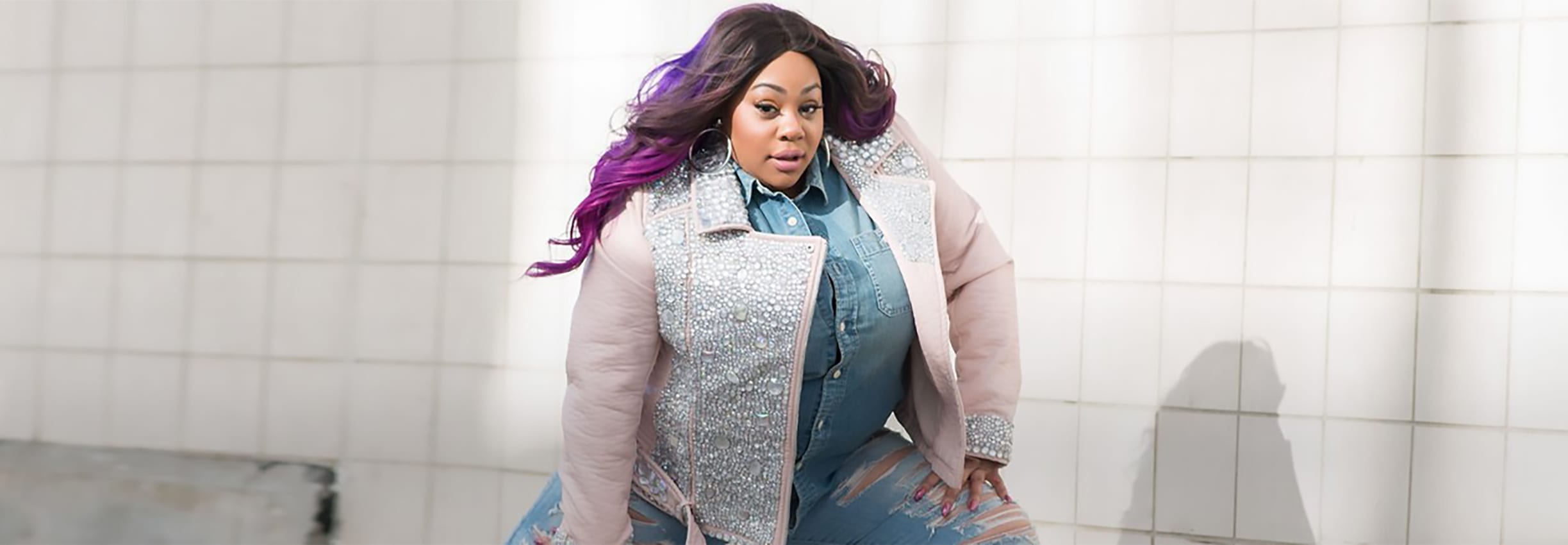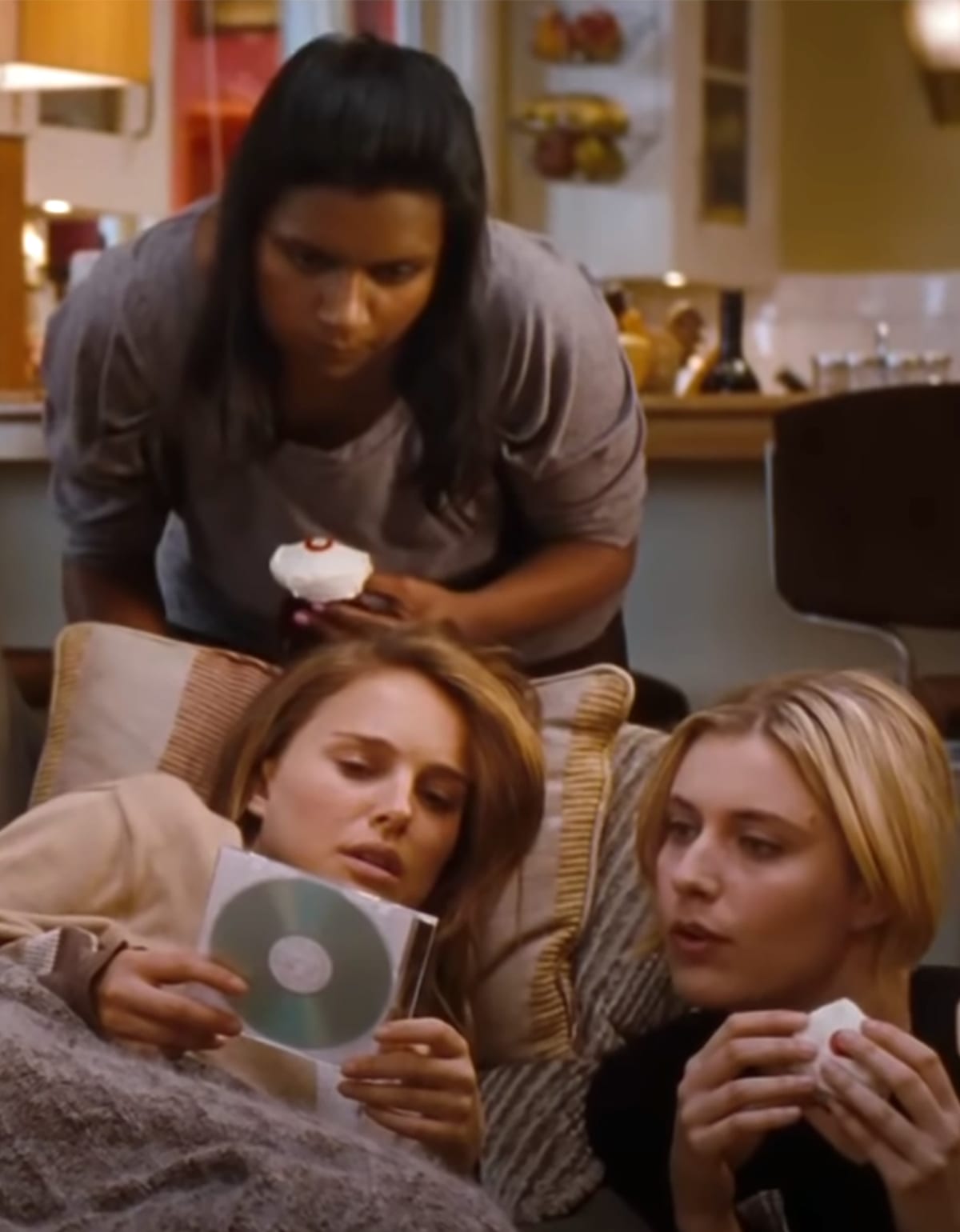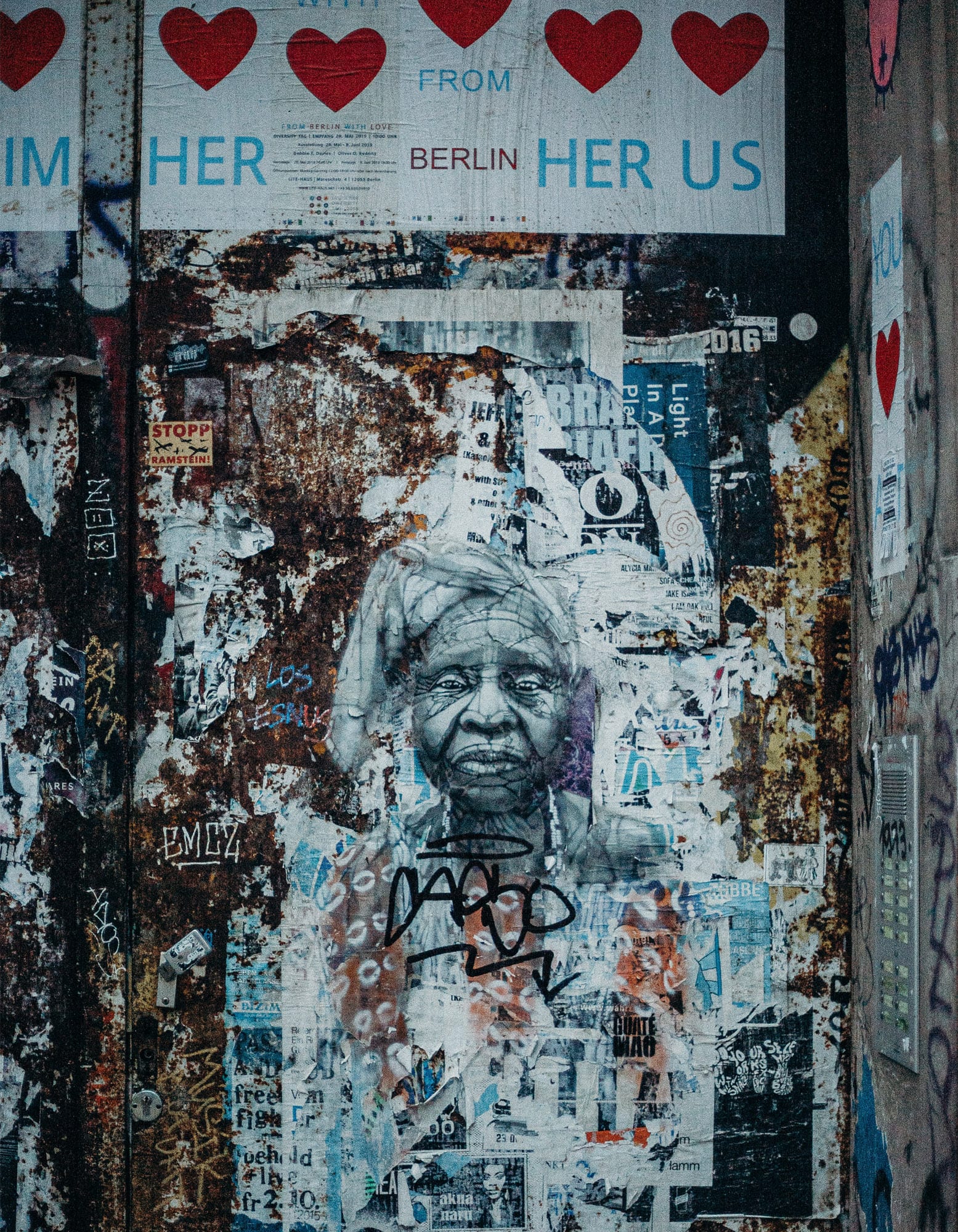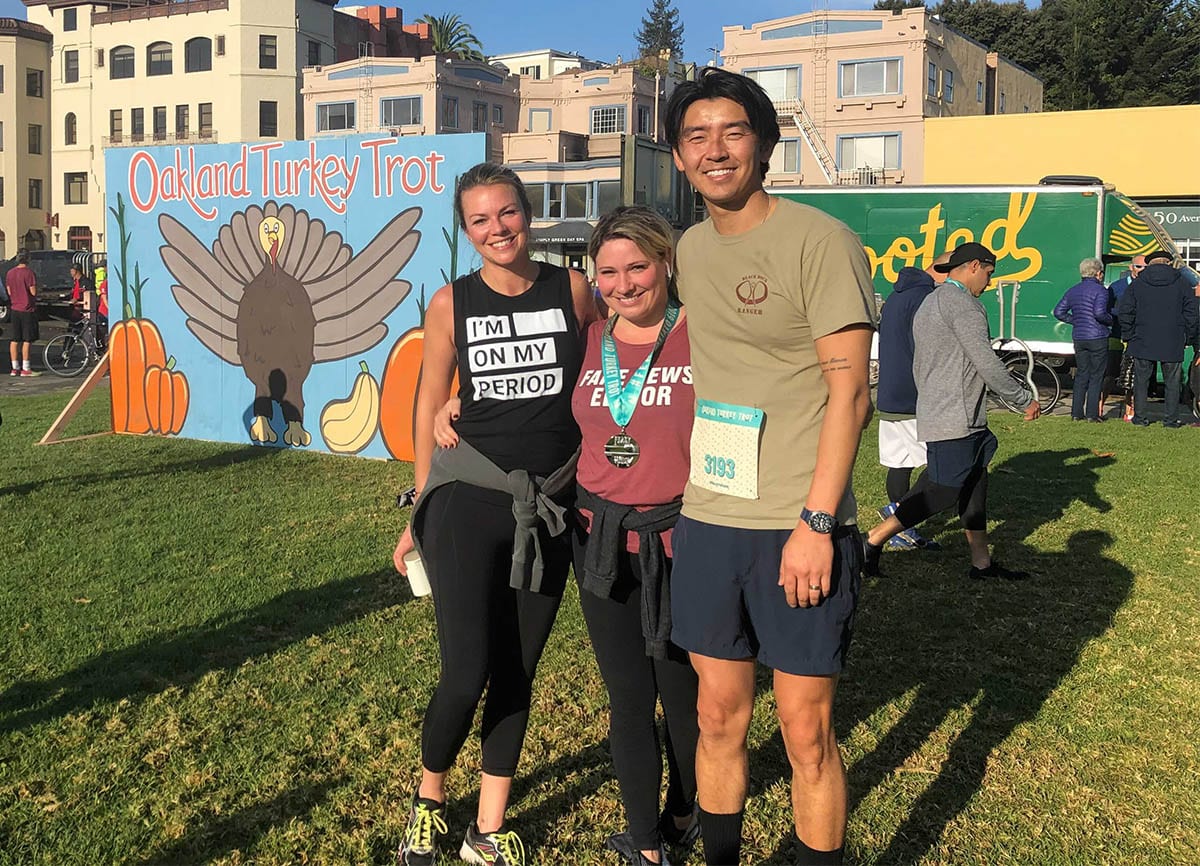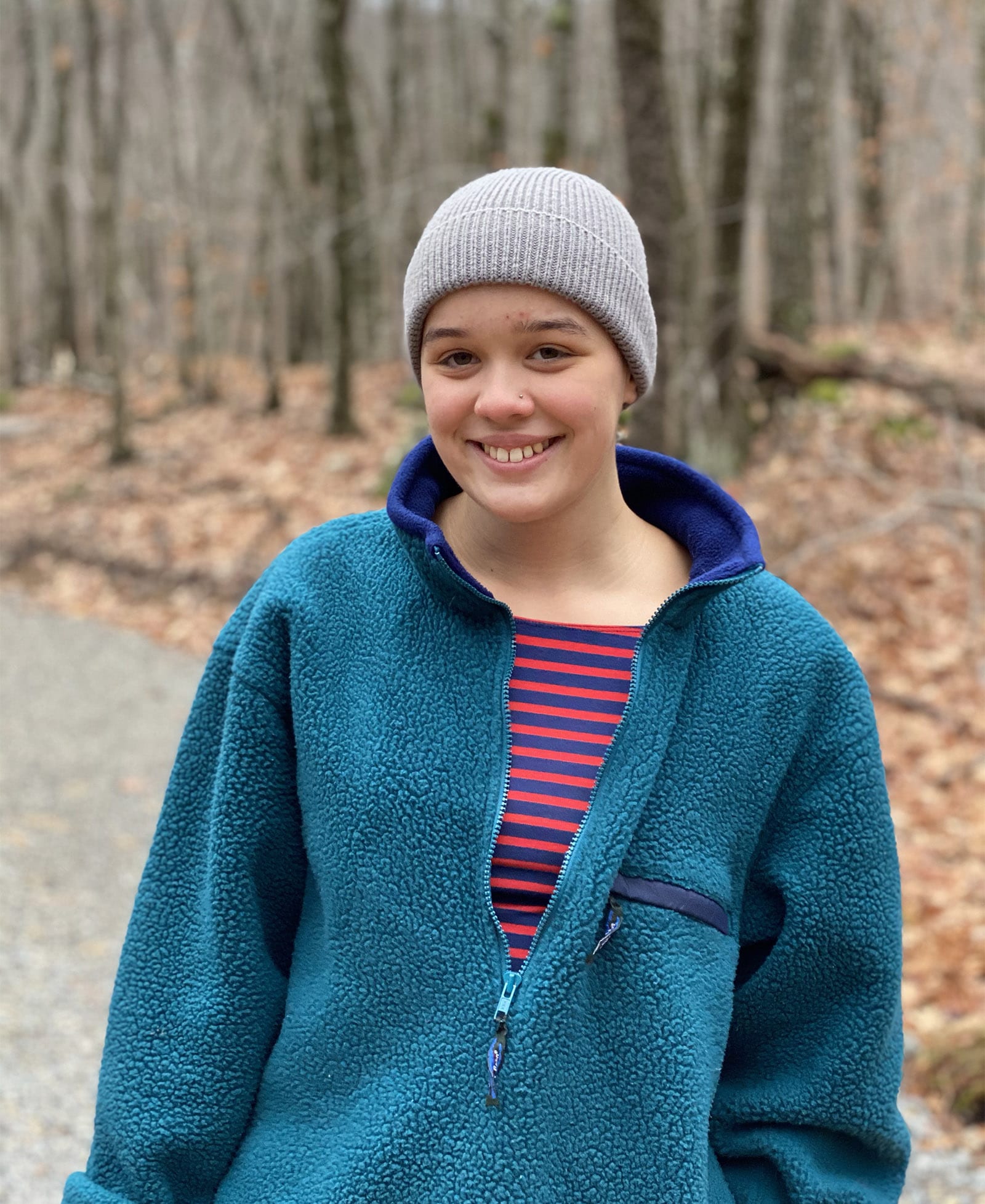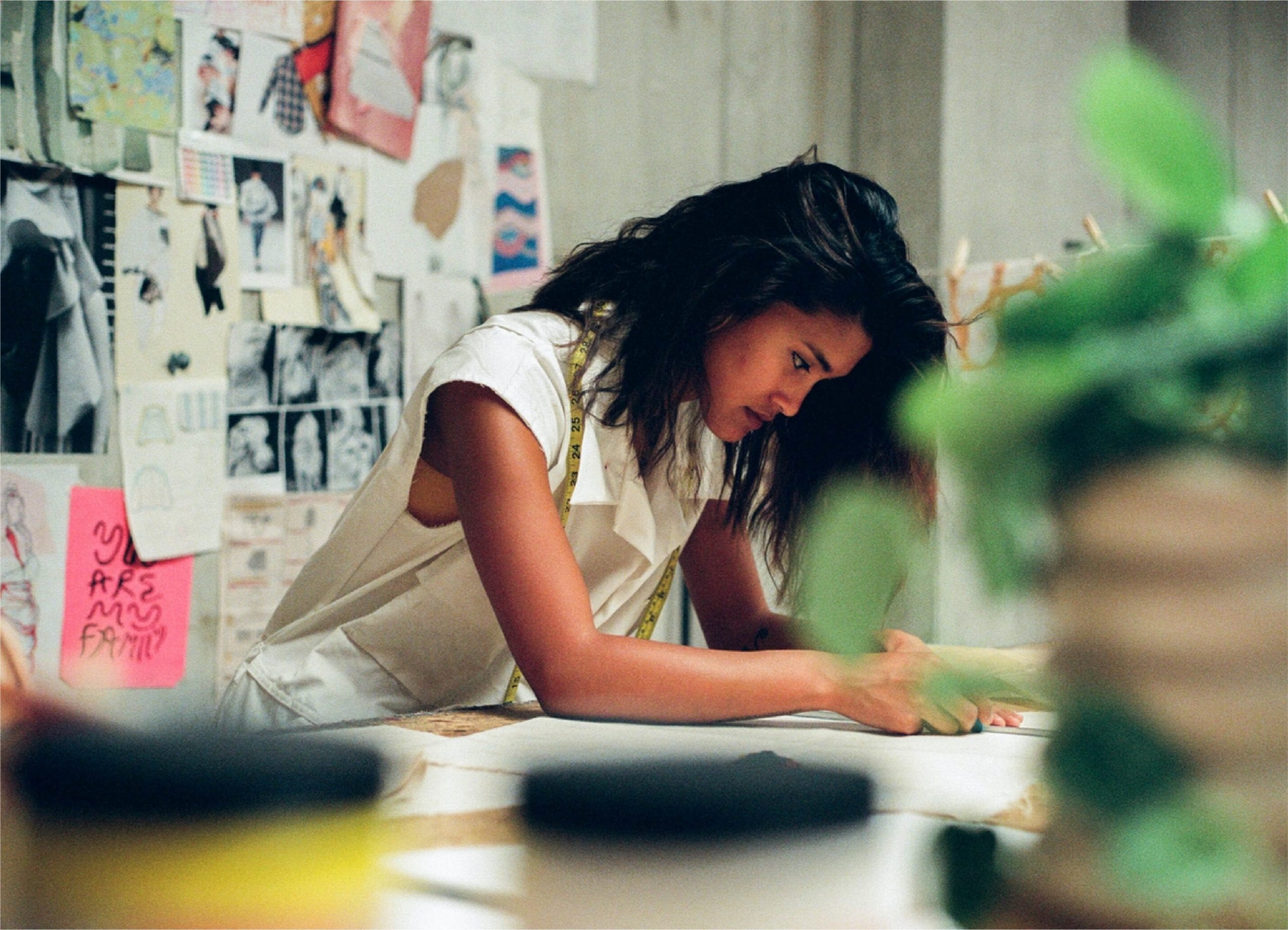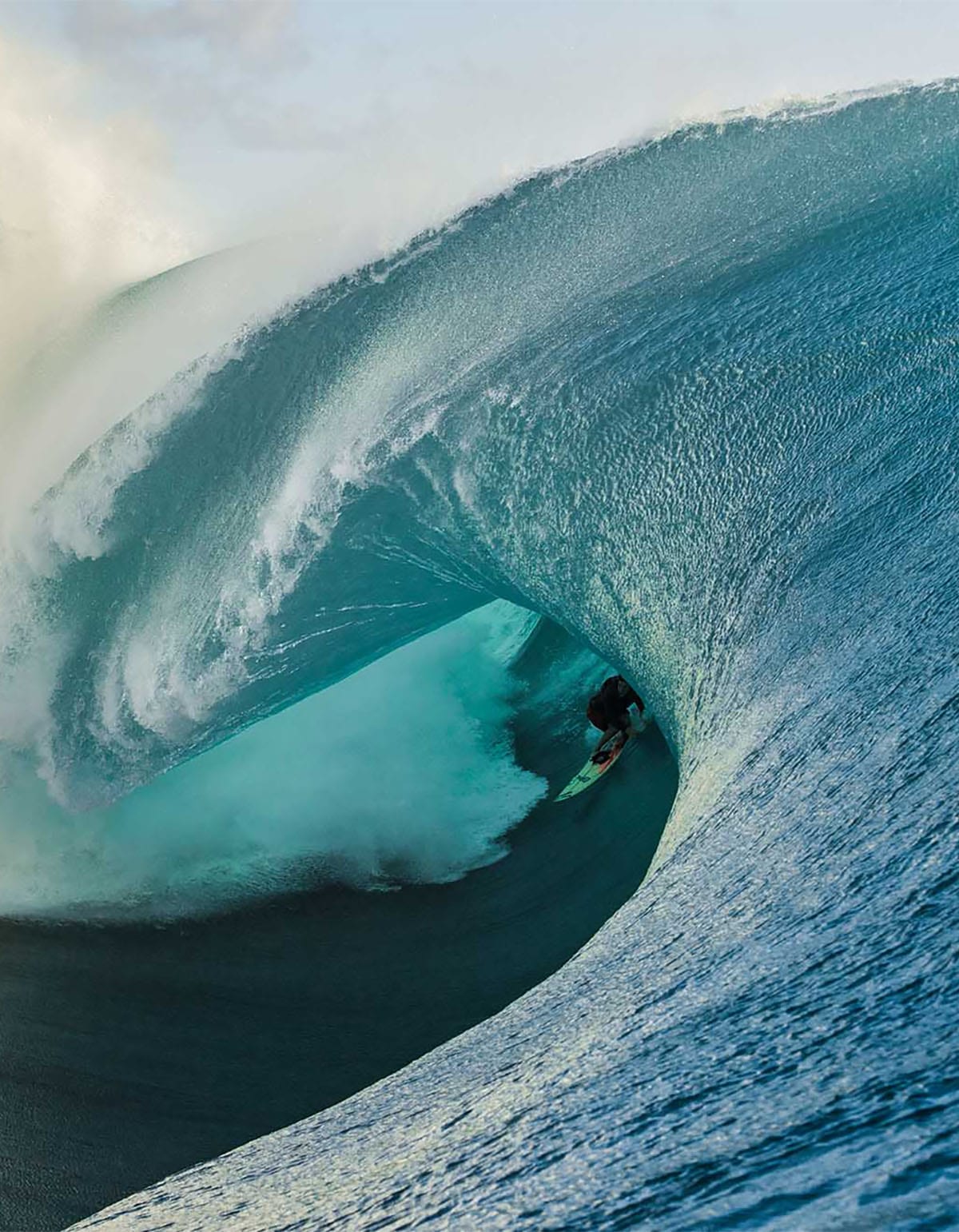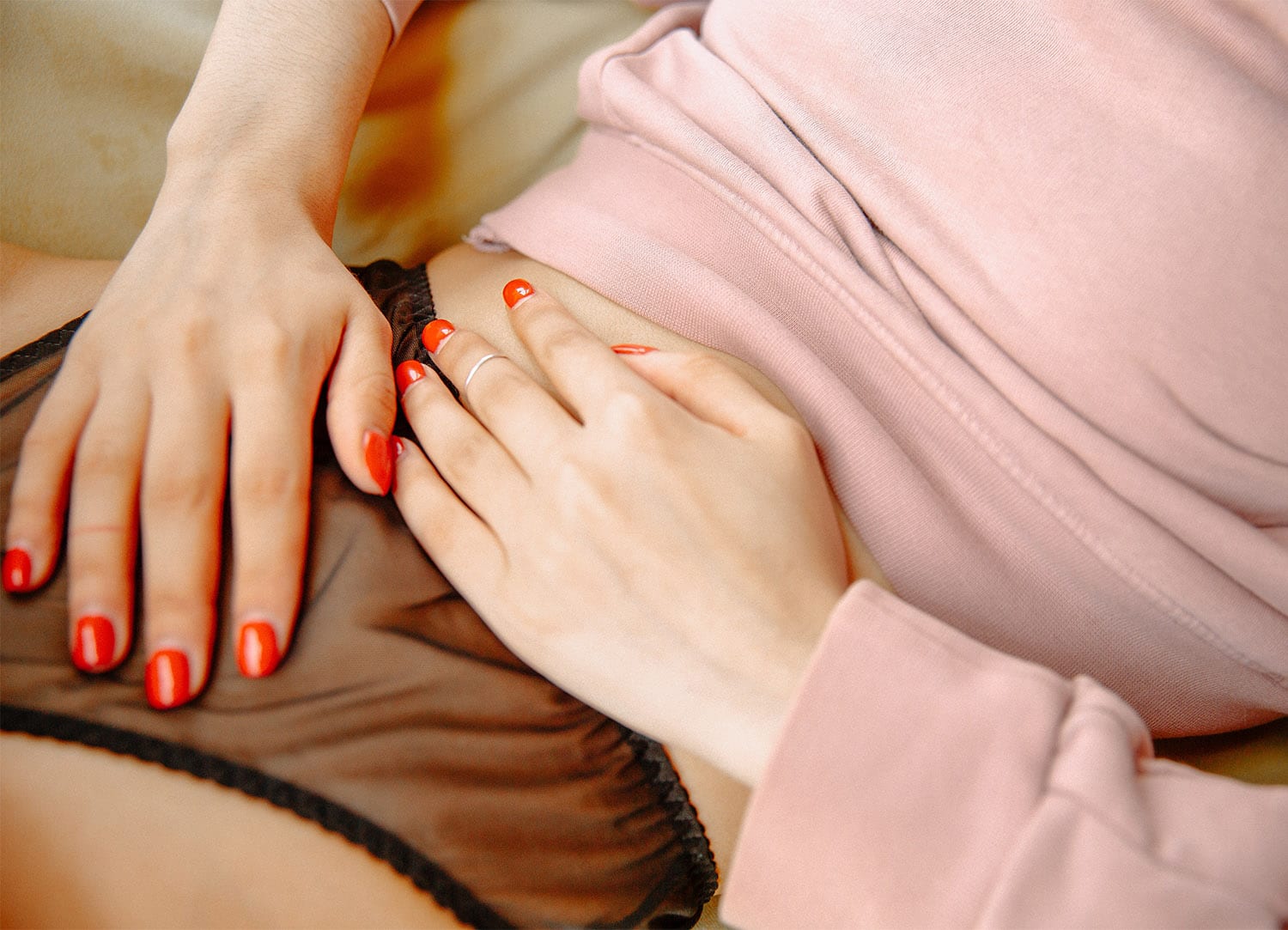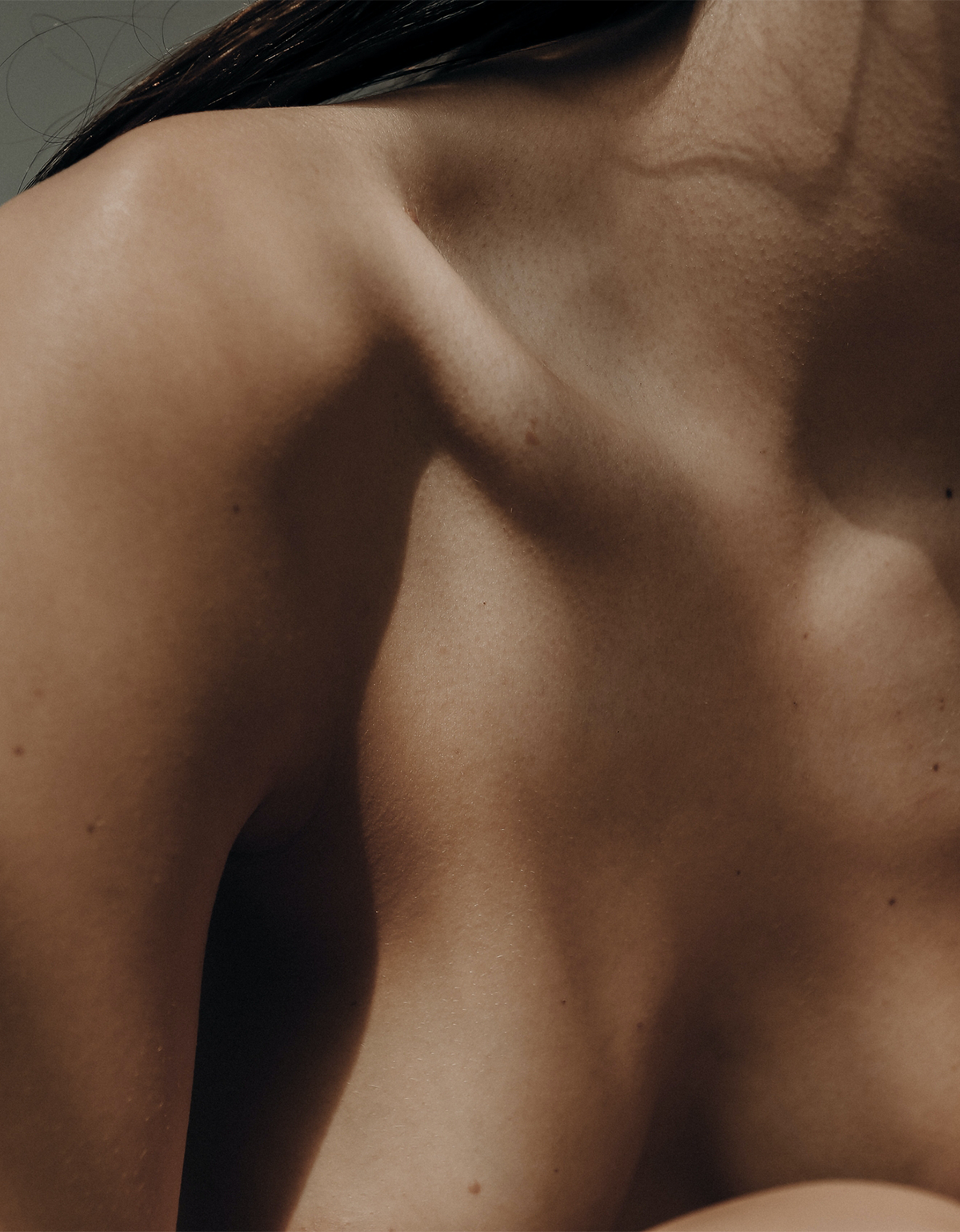WRITTEN BY TRACY STEFANUCCI / PHOTOS BY AVIVA KLEIN
Akira Armstrong: A pretty big deal
You may have seen her dancing in Beyoncé’s “Get Me Bodied” and “Green Light” videos, or watched her interview with The Scene, which has racked up over 18 million views.
Not just a novelty act, pioneer professional plus-sized dancer Akira Armstrong demands to be taken seriously and is ready to prove, once and for all, that size does not matter.
The name Akira Armstrong sounds like a warrior princess—simultaneously graceful and powerful, a combination that aptly describes the woman behind Pretty Big Movement, the first full-figured professional dance company.
Her voice is warm and thick, immediately drawing you in and making you feel safe. She talks quickly, her words bubbling with emotion. She’s not afraid to laugh or to cry mid-sentence—a sensitivity that might be her secret weapon as a professional plus-sized dancer and as an entrepreneur.
But in a culture where the phrase “dancer’s body” is used to describe those that are long and lean, it’s fair to wonder how a chubby little girl from the Bronx came to decide that she could—and would— become a professional dancer.
“What inspired me to dance was a movie that Spike Lee did called School Daze,” Akira says. “There’s this scene at the hair salon and it’s two groups of women with rivalries going at it through dance. And there happened to be a heavy-set woman in this scene (and actually, I know her now—she’s one of my mentors, Delphine T. Mantz) and she was just killing it!
“And I was like, ‘Yo! That’s me!’ I saw me, watching her. They were doing jazz and they had on these red jazz shoes and they were going back and forth and doing these turns and she was just—she stood out to me. I was amazed by her tenacity and her transparency. You know, she owned it. And that’s what really pushed me to do it. I was like, ‘I can do that too.’”
Akira’s mom, Deborah, noticed that her eight-year-old daughter loved to dance and put her in classes at the local Mind Builders Creative Arts Centre. The single mom, who was also raising Akira’s older brother, helped make costumes and traveled with her daughter to performances.
“She’s been my number one fan since I started this journey,” Akira says, recalling how her mom would gather the whole family to attend her recitals in the Bronx with flowers and balloons. “But there were also some family members that were like, ‘Well, she just needs to lose weight.’ You know, like, ‘Deborah, she’s too big. You’ve got to get on top of her about that.’ And that was hurtful because it was coming from family members.”
By sixth grade Akira begged her mom to take her out of Catholic school and put her into performing arts school. She auditioned for professional performing arts at The Ailey School, the prestigious, Brooklyn-based academy responsible for training three-quarters of the current members of the Alvin Ailey American Dance Theater.
“When they were doing the auditions it was ballet. And I couldn’t stand ballet. Just could not. Like, I had to wear the leotard and the tights and, you know, always being a chubby girl I didn’t like how I looked. But I did an amazing job in the audition and I got accepted into the school,” she says, “where I learned ballet, modern, jazz and West African—hip hop came later on for me.”
After Akira graduated from high school, she studied public relations and communications at Utica College at Syracuse University, but she never lost her connection to dance. As a member of the Black Student Union and eventually the president of the dance group Africa in Motion, she attended competitions, performed in theatre plays and organized events and talent shows.
When she graduated, in 2005, she returned to New York but was unable to sign with a talent agency and found limited opportunities in the professional dance community.
“The hardest thing about being a plus-sized dancer is that you’re being judged on how you look,” she says.
“I got booked to do a Shaun T. infomercial and it was a lot of work and very high energy. A friend of mine happened to be part of the production and after we did the job she came up to me and said, ‘You know, I fought for you because at first they were a little worried if you were going to be able to pull through shooting because it’s so much high activity. And being that you are heavy they were concerned if you would be able to hang.’”
“To hear those things—people just judge you! That’s so frustrating to me. It’s like: Give me a chance. Let me show you what I have. If you don’t approve, at least you gave me the opportunity to show you, as opposed to just basing your decision on what I look like. Let me bring something to the table first,” Akira says.
Laughing, she adds, “And then, when they see what I can do, it’s like ‘Oh my God!’ If I was a smaller person would you have the same reaction?”
Akira believes that there’s only one way to overcome the misconceptions plus-size dancers face: “keep doing what we do— proving them wrong.” In a world that runs on visuals, she emphasizes the need for people to see what full-figured women are capable of with their own eyes.
While Akira waited for her dance career to pick up she worked for make-up companies like Sephora and MAC, and even spent a few years as the personal make-up artist of the legendary Salt-n-Pepa.
In 2007, while in LA shooting two videos with Beyoncé, she decided to again audition with talent agencies for representation—but no one was interested in a full-figured dancer on the west coast either. And that’s when Akira decided: she would just have to create her own opportunity.
“I started Pretty Big because there was a void in the industry: dance communities for plus-sized professional dancers. I felt like I needed to do something about it because I was always full-figured and plus-sized growing up. This was nothing new. This wasn’t like I was skinny and then I gained weight. No, I always struggled with my weight. My identity. My self-esteem,” she says.
The struggle of being a plus-sized dancer—of being “different,” of having to prove she’s good enough every time she steps on stage—is real. “I’m human. I have emotions,” Akira says. “I do get discouraged and I do get upset. But I give myself a moment and think: you know how many people told me no? You know how many people told me ‘You can’t do it’?”
“I’m not ashamed of who I am anymore. I think that comes from experience and being told no so many times. At some point—excuse my language—I just said: fuck it. I’ve learned to accept my rolls and my titties don’t sit up—you know? I’ve learned to accept those things because those are the things that make me who I am.”
When Akira returned to New York she was ready to shake up the dance world and put full-figured women in the spotlight, but the plus-size niche wasn’t as established back then, and she had a tough time finding other professional dancers to join her—that is, until she came across the city’s full-figured fashion week.
She auditioned for it, met some plus-sized dancers there, took them under her wing and asked them if they wanted to be a part of what she was trying to do. They agreed and Pretty Big Movement started to build momentum.
The breakout moment for the group came in 2015 when Pretty Big was invited to perform on America’s Got Talent and, at the same time, Akira’s mom Deborah suffered from a stroke and a brain aneurysm. “It was very unexpected and she was in a coma for about three months,” Akira says. “She couldn’t talk and I pretty much lived in the hospital with her because I didn’t want to leave her side. It took the life out of me.”
It was the intensity of this contrast—her biggest dream and her worst nightmare— that solidified Akira’s passion and commitment. “I knew that if my mom did leave this earth she would not be happy if I did give up,” she says, “And I had other members in my company who were counting on me. So I couldn’t give up on them either because they committed their time, their energy to being a part of my movement.”
Despite her mom’s condition, Akira pulled herself together and Pretty Big Movement donned Afro wigs—Akira’s in pastel pink—and performed an energetic routine to James Brown’s “Get Up Offa That Thing” for millions of America’s Got Talent viewers.
The judges’ reactions were unanimously positive, with Howard Stern commenting that it must be hard to stay that size when they are that active (with one dancer’s brilliant yet radical response of, “Yes, healthy curves!”) and Howie Mandel stating that he’d be impressed to see anyone of any size move like them.
Taking on this work of proving that preconceptions about plus-sized people are false requires resilience. Akira attributes her inner strength to the sisterhood she’s gained through Pretty Big, adding that the source of her self-acceptance is the growth she sees in the other women in her company—many of whom credit dance with saving their lives.
“One girl,” she says, “I had her stand in front of a mirror and take off her shirt—she had a sports bra on— and I told her ‘Tell yourself: I love myself.’ And she couldn’t do it. Fast forward seven years later and she’s walking around in a sports bra in rehearsals, stomach out and everything.”
And despite the big names she has worked with and Pretty Big’s professional achievements, to Akira these are the accomplishments that make her work worthwhile.
She says that the most rewarding moment of her career was when a woman from Kenya reached out over Instagram to share about her years-long depression and substantial weight gain, asking if she could come to a Pretty Big rehearsal if she traveled to New York.
Pausing intermittently because she is audibly choked up, Akira adds, “For someone in Kenya to recognize what it is that we’re doing… that she just wanted to sit in on a rehearsal… to feel a part of that energy. It touched me.”
Whether welcoming a stranger into her rehearsal space or working on a forthcoming series of monologues to give voice to the issues full-figured women face, Akira is clear about the value of her work.
“Pretty Big Movement is necessary,” she says.
“I know that I can touch more lives and more women across the world and encourage them to keep doing whatever it is they want to do—it doesn’t have to be dance. It could be a woman who has struggled with her weight her entire life. She’s not a dancer, but she feels bad about how she looks because people told her that all her life. But then she looks at Pretty Big and she gets inspired and feels like she can do anything.”
Listening to Akira’s voice swell as she describes her vision—her ultimate goal of showing women that anything is possible— it’s hard not to imagine her as that chubby little girl from the Bronx, watching Delphine T. Mantz in School Daze, dreaming of her own pair of red jazz shoes and thinking: “I can do that too.”
© 2021 The Flex Company. All Rights Reserved.
